Welcome to my latest blog where we’ll embark on the fascinating journey of mixing primary colors, focusing on the enchanting realm of earth pigments such as red, yellow, and blue ochres. For many watercolor artists, this process can be both a source of frustration and delight. Surprisingly, some artists steer clear of this aspect, missing out on the joyous exploration that color mixing can bring to their art. If you haven’t delved into this realm yet, rest assured – it’s never too late to unlock new dimensions hidden within your palette.
Color Mixing
Color mixing, in essence, involves the combination of various hues to generate new colors. This process encompasses the merging of primary colors like red, blue, and yellow to craft a varied palette comprising secondary and tertiary colors.
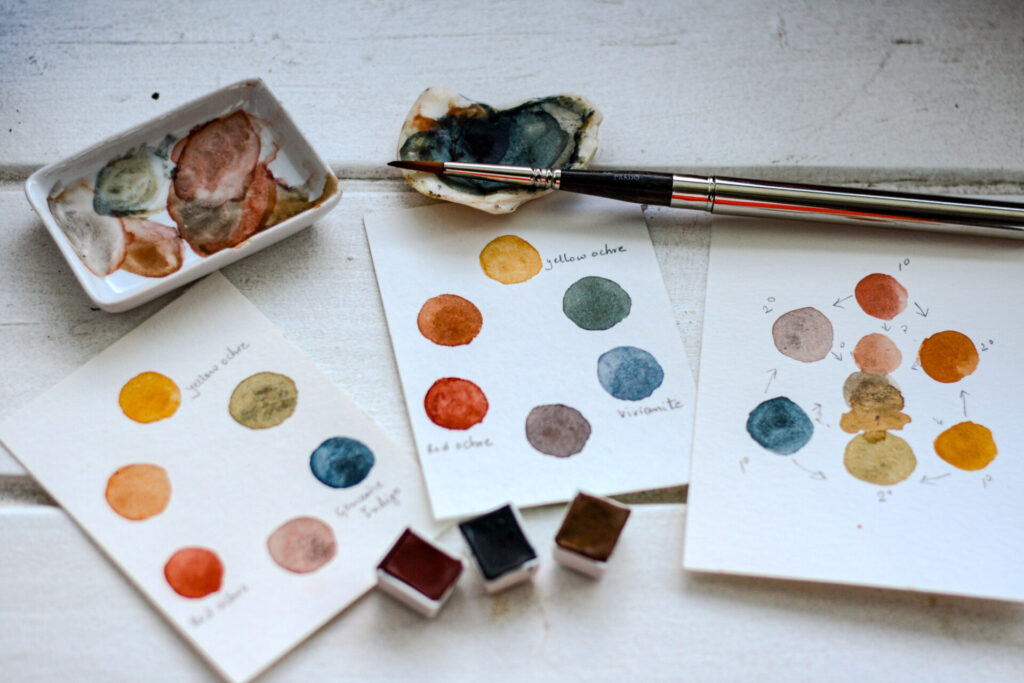
The magic of color mixing lies in the manner in which diverse characteristics meld and transfer into an array of combinations. This phenomenon becomes particularly fascinating when utilizing natural pigments. Each color possesses distinct particle sizes and properties, influencing their behavior during blending and resulting in a visually distinctive experience. Remarkably, even with natural primary colors one can achieve a broad spectrum of colors.
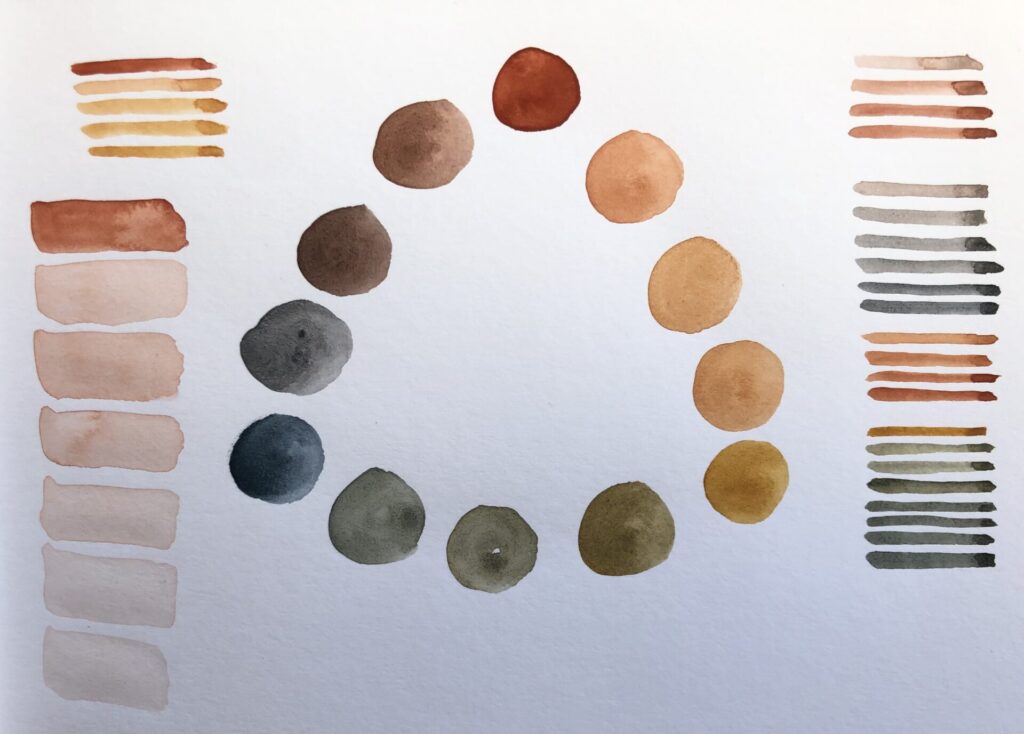
A brief experiment to show the color spectrum and tonal values obtained by utilising three Natural Primary Colors.
Blending Natural and Synthetic Colors
Let’s now explore the fascinating realm of earth and ochre pigments. Personally, I work exclusively with my own foraged, homegrown and handmade natural colors, finding their individual hues truly dazzling. For those who still prefer using traditional watercolors, the exciting revelation is that you can seamlessly integrate natural colors with the modern, high-chroma synthetic pigment paints. This blending process not only expands your creative possibilities but also achieves a delicate balance between the earthy beauty of natural pigments and the vibrant tones of modern synthetics in your artistic endeavors.
When paired with colors from the modern synthetic high chroma range, however, they may initially appear somewhat subdued – a misleading distortion of their true potential. The collision of these two worlds on the canvas might seem chaotic at first, but in reality, it unveils a world of discovery. This intriguing interplay adds depth to your artwork, creating a unique visual experience that combines the richness of earth pigments with the dynamic energy of modern synthetic hues.
Engaging in color mixing exercises with earth pigments allows you to understand and appreciate the nuanced effects each pigment brings to the palette. The varied particle sizes and properties of red, yellow, and blue earth pigments create a dynamic interplay, offering you the ability to reproduce and deploy these effects intentionally in your paintings.
Making art with Natural Colors
While the natural colours may not replicate the intensity of modern pigment paints, the sketches created with natural colors, despite their muted appearance, offer a soothing experience for the eyes and soul. Since transitioning to a sustainable approach in my art, I’ve steered clear of modern pigment paints. Their vibrant hues no longer appeal to me; they seem too bright. Instead, I find solace in the simplicity and calming aesthetics. There’s a unique beauty in the subtleness of natural pigments that resonates with a tranquil and unassuming artistic style.
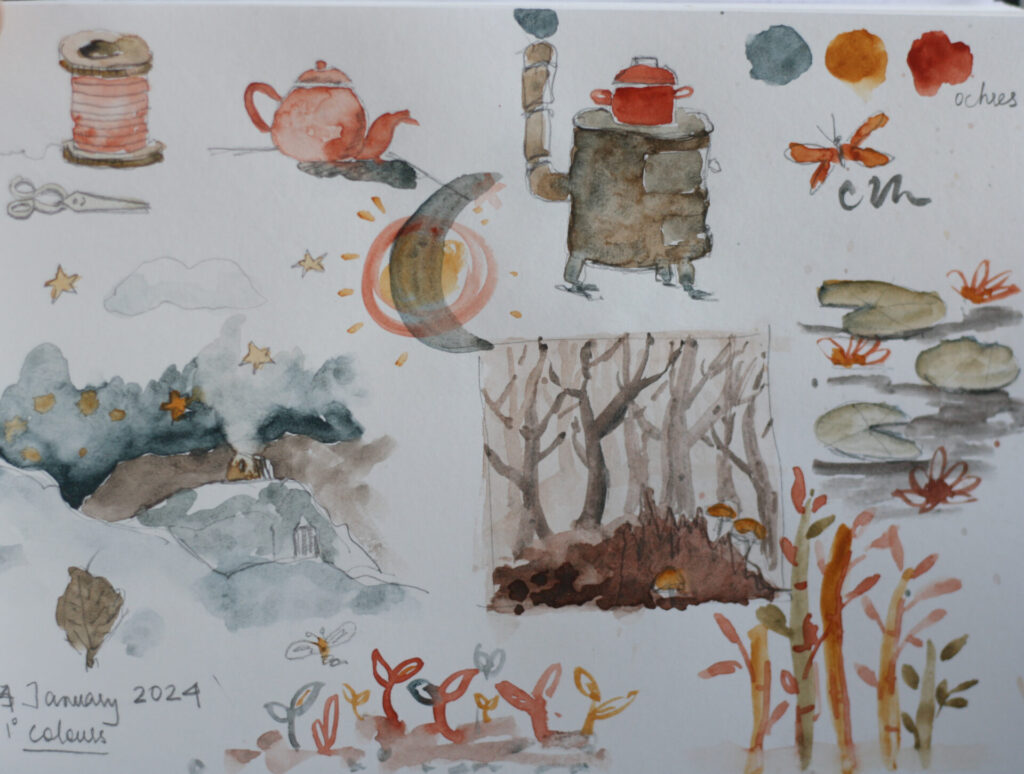
A glimpse into my sketchbook: The illustrations on this page draw inspiration from the works of Janosch, Kobi Yamada, and everyday objects in my home.
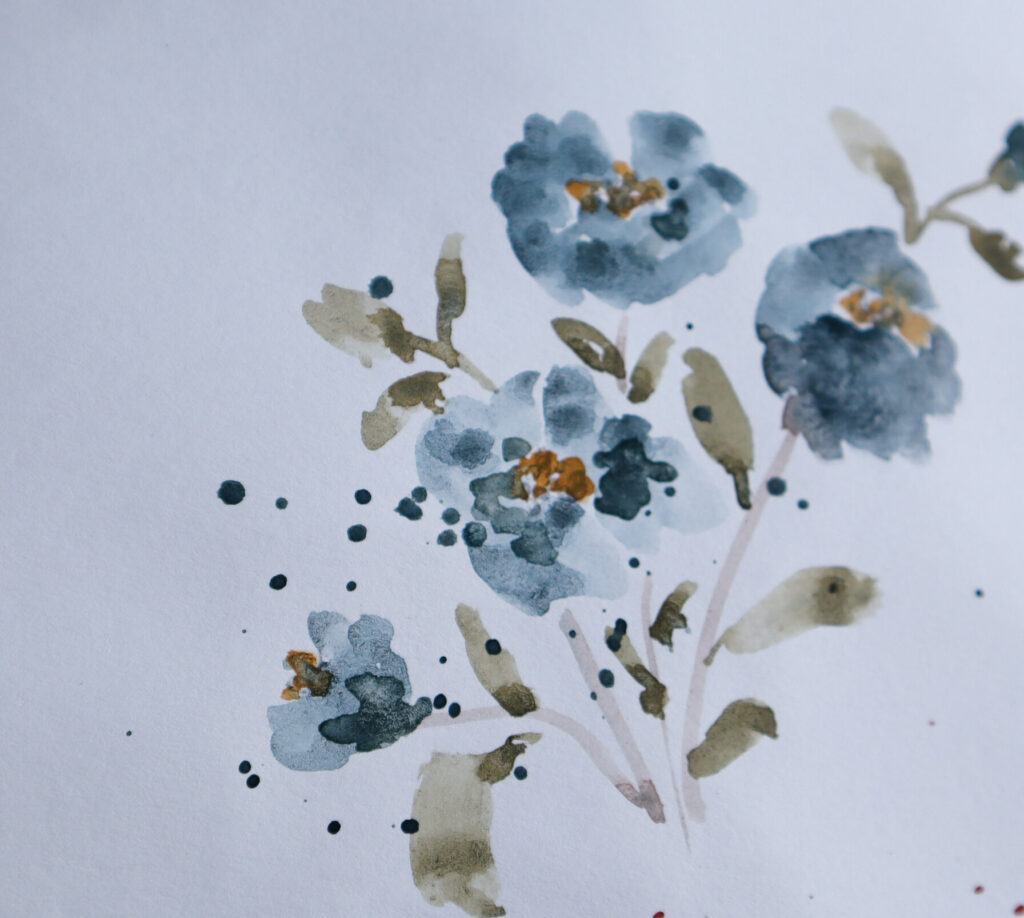
An illustration of flowers using Blue and Yellow ochre paints.
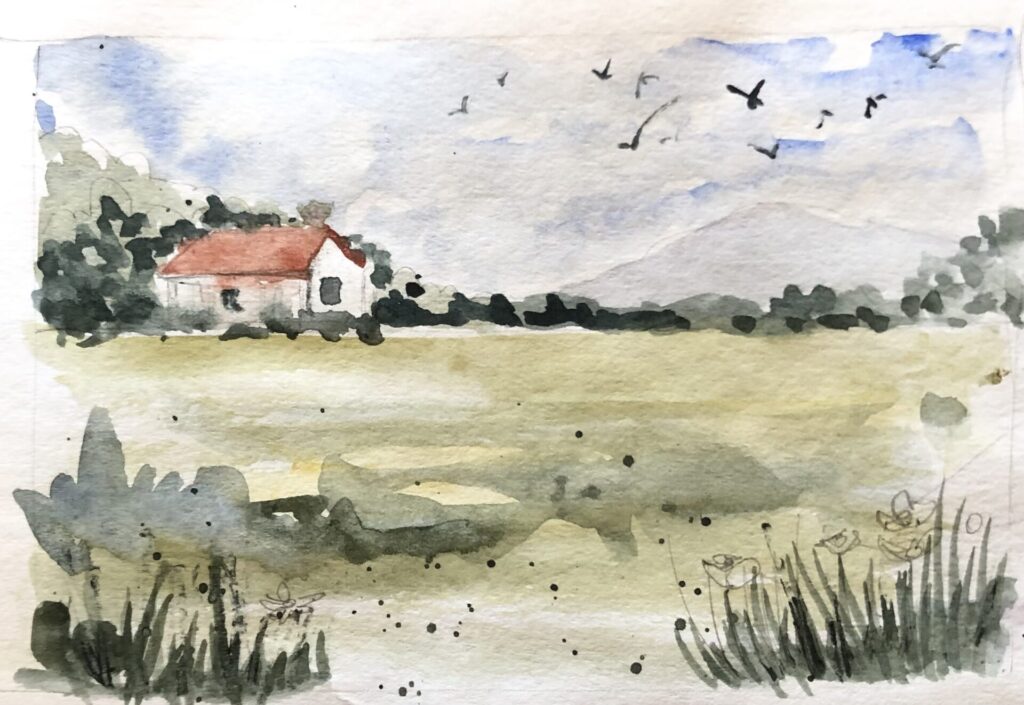
A landscape sketch using Ultramarine Blue (Lapis Lazuli), Red and Yellow Ochres.
For those who have hesitated to venture into the captivating world of color mixing, now is the time to take the plunge! It’s more than just a technical exercise; it’s a journey of artistic discovery. Embrace the complexities, enjoy the process, and unveil the hidden potentials residing within your palette. Happy painting!
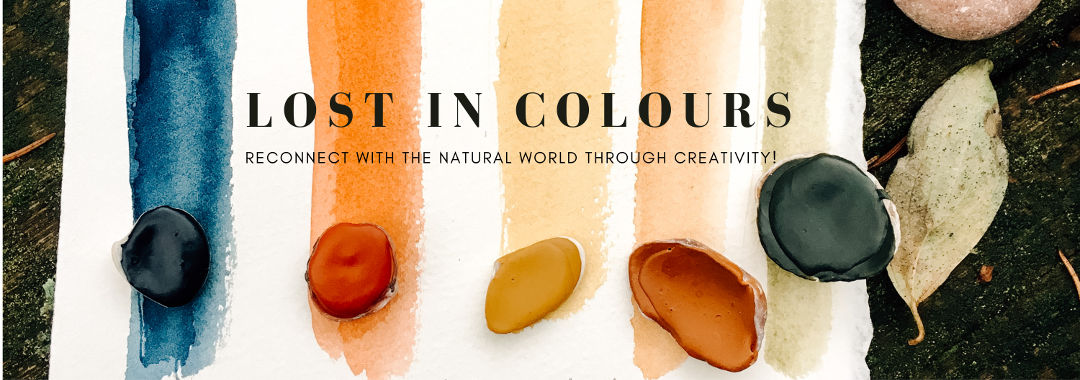
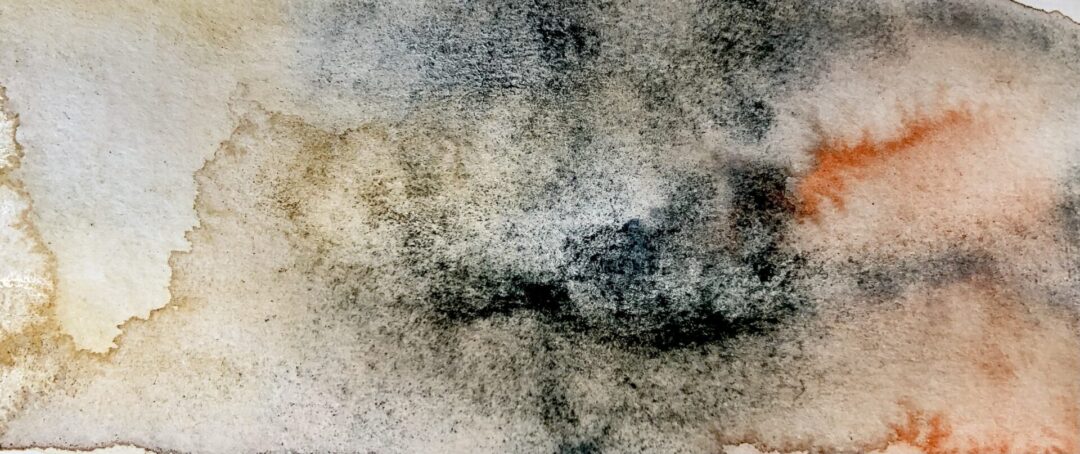
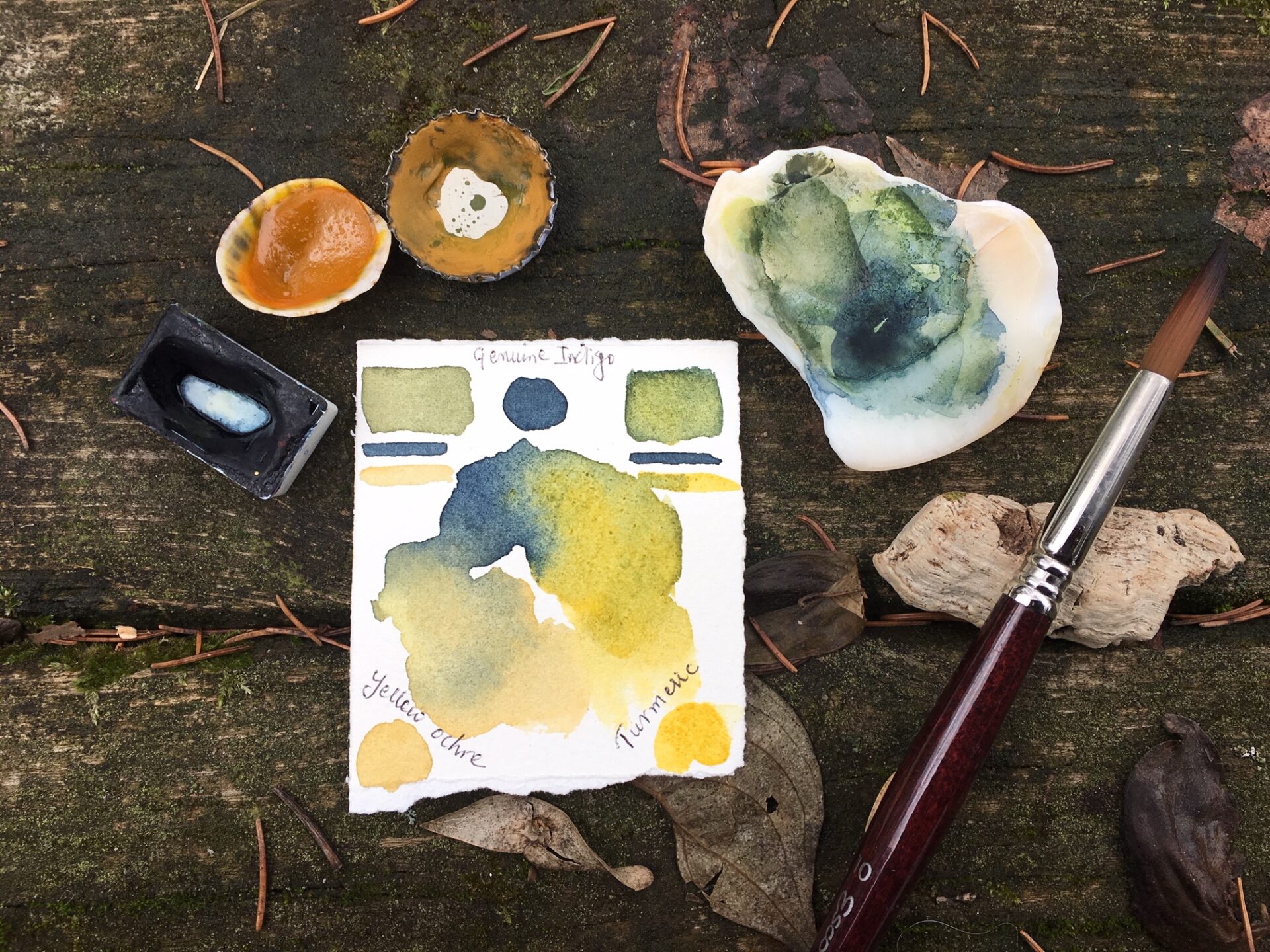
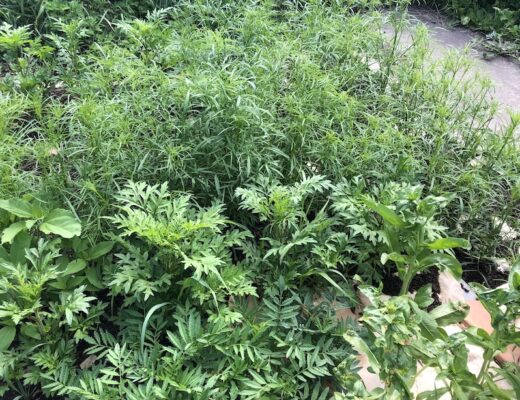
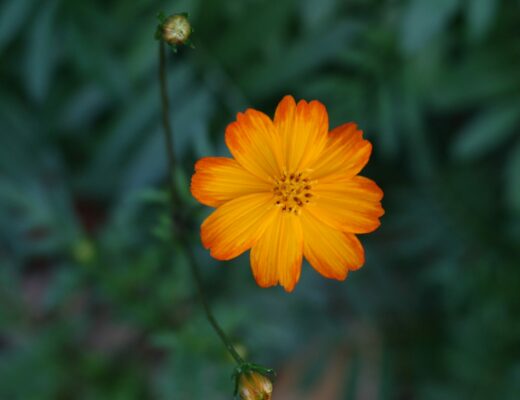
No Comments